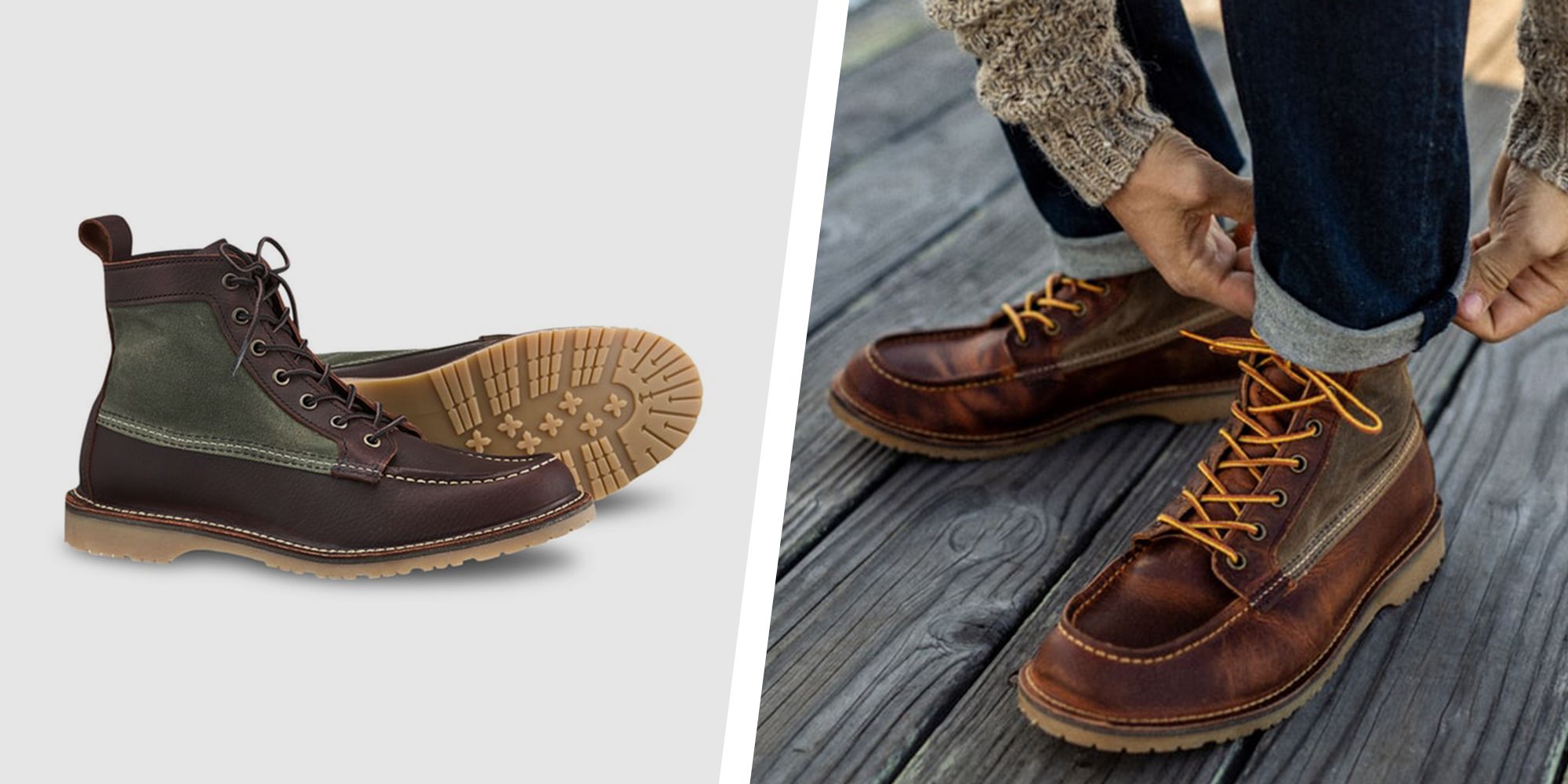

Tulpule says-or, at the very least, every year.

“Having a pair of rubber-soled boots, one with stacked, chunky heels, and one with less heel is a good start.”Īs a rule of thumb, you should replace your shoes every 300 to 400 miles or every six to eight months, whichever comes first, Dr.

“Wearing the same shoes every day-and all day-isn’t good for your feet, knees, back, and entire skeleton,” Dr. It doesn’t hurt to wear a variety of pairs either don’t feel as though you need to stick to one pair of boots all season. “Stay away from boots with a more narrow or pointed toe box, even though they’re stylish.” On top of that, “you need to make sure the boot is wide enough,” Dr. Tulpule explains, either with a deep footbed or removable insoles. Beyond arch support, the best pairs of boots for plantar fasciitis can also accommodate custom orthotics, Dr. Anything “higher than a two-inch heel” can aggravate your tendons and ligaments, making symptoms worse, she notes. Tulpule, who personally has a history of plantar fasciitis, agrees, recommending two inches or less and a block heel to balance pressure. Short heels are usually best for people with plantar fasciitis, explains Ramona Brooks, D.P.M., a spokesperson for the American Podiatric Medical Association. Solid shock-absorption and arch support (from cushy, arched footbeds and substantial soles) help prevent that stabbing pain associated with the condition. “The key with managing plantar fasciitis symptoms, since most accumulate in the heel and extend into the arch, is to maximize the amount of arch support and cushion in a shoe,” says Saylee Tulpule, D.P.M., a podiatrist with Foot and Ankle Specialists of the Mid-Atlantic in Maryland.
Most comfortable red wing boots how to#
How to choose the best boots for plantar fasciitis Instead, replace them with a few new pairs tailored to the activities you do most frequently in the fall and winter. Although it’s tempting, avoid wearing old boots from five seasons ago, especially if the heels have started to wear down. Sutera, D.P.M., a podiatrist in New York City. The best care you can give your feet is to make sure your boots provide support and comfort, says Jacqueline M. Isaacson, D.P.M., a podiatrist in New York City. For an American-made, Goodyear welted boot with this kind of construction, that’s a pretty fair price. At the time of writing, a pair of Iron Rangers costs 349.99. Plantar fasciitis can make your feet ache any time of year, but a change in weather and foot gear-say, after wearing unsupportive sandals and flip-flops all summer-can cause pains to resurface when it’s time to switch to boots, says Ernest L. Don’t worry: the pain is the feeling of the leather molding to your foot, and soon they’ll be your most comfortable shoes. But for people with plantar fasciitis-an inflammation of the tissue that joins the toes to the heels-finding a stylish pair of boots that won’t worsen foot pain can be a challenge. When sweater weather arrives, it’s time to swap your worn-out sneakers for a pair of boots that’ll keep your feet cozy.


 0 kommentar(er)
0 kommentar(er)
